I’d never heard of Julia Donaldson until I started my teaching degree in 2014. Even then, I didn’t really know anything about her until I had kids. Which is astonishing really, when you consider that her first book was published in 1993!
It’s also astonishing because she’s not just an author, she’s a phenomenon – her work is woven into the fabric of British childhood as much as Disney and Peppa Pig. She was the best-selling author across all genres in the UK between 2010 and 2019.
Some of the stats surrounding her work are mind-blowing. A book of hers is sold on average every ELEVEN SECONDS. Apparently, 40% of children’s books sold in the UK are by Donaldson. Her most famous creation, The Gruffalo, has sold over 13 million copies. She can type 216 words per minute. OK I made that last one up (but that is the actual world record, in case you were wondering).
She is seriously prolific though, with literally hundreds of books, plays and songs under her belt.
I can’t remember exactly how we got our first Julia Donaldson book, but it was when Mia was a few months old. I can say with absolute honesty that she’s made an appearance in some form every day of our lives over the last three years or so.
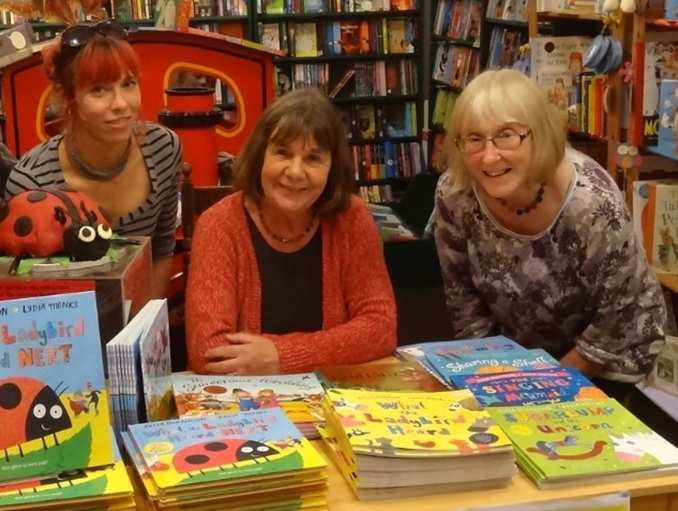
Both kids are obsessed with the stories. Of course, they are the headline acts in the bedtime performance. But they also resonate with them on a much deeper level. Mia will spend ages in her own little world, accompanied by her own incarnations of Donaldson’s characters going on adventures together. Many of Jude’s first words were learned from those stories.
Her books are everywhere. Bookshops and supermarkets have entire sections dedicated to them.
So what? I hear you say.
Ubiquity doesn’t always signify quality, and isn’t such market dominance unhealthy?
However, I’d argue that her books thoroughly deserve their place at the top of the tree. They really are beautiful creations. Here are a few reasons why I’m glad they’re a huge part of our kids’ lives.
Rhythm and rhyme make it sublime
Most of the stories are written in rhyming verse. And I’m not talking about that mechanical, forced and predictable rhyming verse you’ll find in countless kids’ books (and in my subheading).
In Donaldson’s books, the rhythm of the text is almost an invisible character, rising in crescendos when the story gets tense and exciting, then gliding serenely when the action simmers down.
She also uses repetition effectively, with each story containing a few memorable recurring words and phrases that kids can latch onto.
This has benefits for kids and adults alike.
It makes it very enjoyable and easy for an adult to read. Once you get familiar with the patterns of the text, noticing where the stressed syllables and the changes of pace are, you can’t help but start performing the stories when you read them.
This in turn makes it a much more enjoyable and valuable experience for the kids. Hopefully, my enthusiasm for reading the books will rub off on them.
The rhythms, rhymes and repetition also make it much easier for kids to remember the stories. With Mia and Jude, as soon as they started using words we would get them to say the last word of each line. We gradually increased this over time with Mia, and she can practically retell some of her favourite stories word for word.
This early reinforcement of language and memory development will hopefully set them up well for future learning.
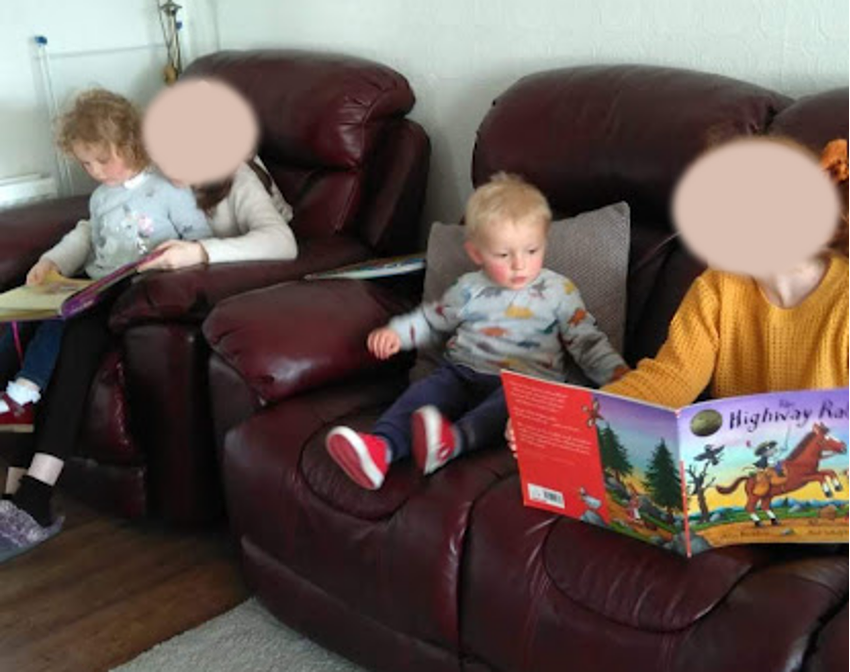
A picture says a thousand words
Donaldson’s picture books are pretty short, often just several hundred words. If you’re in a rush to get the kids to bed, you can whizz through them in 5 or 10 minutes.
But if you can spare the time, it’s worth poring over the pictures too. She’s worked with dozens of illustrators, and they’re all cracking, but Axel Scheffler is the one responsible for depicting many of her most well-known creations.
It’s not just there for decoration – Sheffler is a storyteller in his own right, and his rich and playful images improve the stories, adding layers of depth that you wouldn’t find from the words alone.
You can spend ages just exploring the pictures. They’ve been great for teaching our kids about new things. The pages are often so detailed that we also use them as a kind of ‘Where’s Wally?’ type activity, searching for different animals or items that are cleverly hidden around the page.
Watch out for the Gruffalo easter eggs, hidden amongst the illustrations in other stories. In one, he’s painted on the side of a tractor, in another he’s a rather disturbing fish.
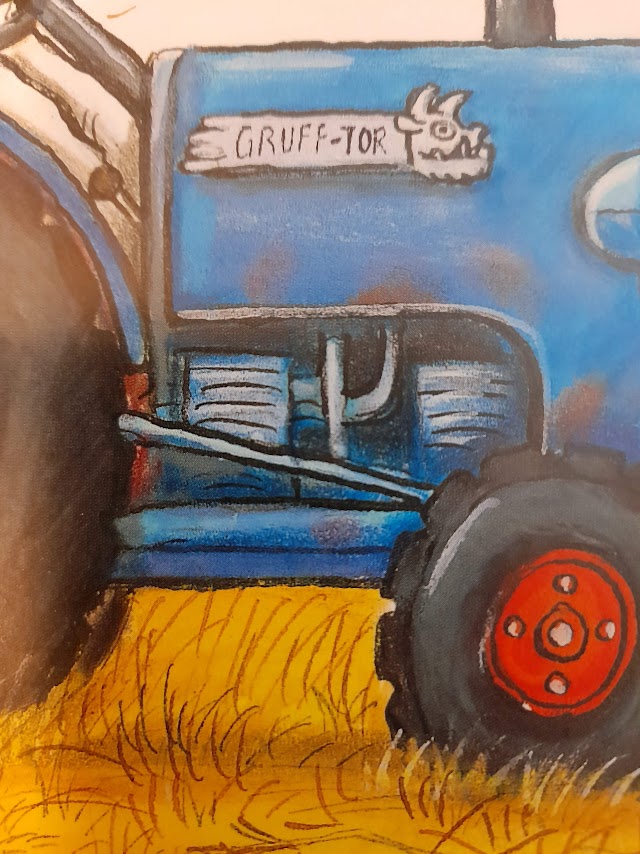
It’s not all smooth sailing
I’ve seen far too many picture books where the flawless and wholesome characters drift harmlessly through a fantasy land where everything is soft and fluffy and they’re all marvellously pleasant to one another. They keep the kids mildly entertained for a little while, but they’re soon forgotten.
I think there’s a simple reason why – those books are boring.
Something I love about the Donaldson books is that they don’t shy away from the dark and rough edges of life. There are moments of genuine peril, sadness and distress, which are made all the more intense because they catch you by surprise. Just like real life, the stories have you thinking all is well before plunging you into a pit of chaos.
Like when the Snail and the Whale’s epic journey across the wonders of the ocean is grievously halted when the whale ends up beached after being baffled by some speedboat engines.
Or when you’re suddenly jerked out of the little girl’s delightful imagination when her Paper Dolls are ruthlessly cut to shreds.
Of course, the stories usually have some kind of happy ending, though rarely in that cheesy fairytale sense. You get a real sense that the characters have been through an ordeal – an incredible thing to achieve in so few words.
I think that’s why my kids keep going back to them again and again – the stories are genuinely gripping.
Non-preachy life lessons
Recently, there seems to have been a growth in kids’ books that are written to convey some kind of moral or social message. Usually something about the environment or world peace. Whilst there’s nothing wrong with this, the problem is that often the message overshadows the actual story.
When the message becomes so forced and obvious, it takes the fun out of it for kids, makes it less believable, and ultimately diminishes the power of the message.
With Donaldson’s books, there’s often a lesson or two that you can learn from the stories, centred around core human elements- kindness, determination, acceptance etc.
The difference is, however, that the message isn’t the purpose. It’s all about the kids enjoying the ride.
You never get the sense that the characters are there simply to transmit some high-minded idea in kid-friendly ways, like you do with a lot of these ‘virtue signalling’ kids’ books. They’re just normal, flawed little people (or snails, or sticks, or aliens, or giants, or scarecrows) like us who are trying to get by in their own little world.
And because kids are simply enjoying a story about the ups and downs of these imperfect little characters, they’re not aware of any deeper meaning within. Perhaps this means that the message will take root a bit more because it’s been taken in unconsciously. Who knows?
Recommendations
Here are a few of our family’s favourite Julia Donaldson stories
The Snail and the Whale – A beautiful tale of a snail who wants to see a bit more than the little rocks that her species cling to.
Room on the Broom – A gentle witch sees her kindness repaid when she’s saved from a deadly dragon.
The Gruffalo and The Gruffalo’s Child – A glib little mouse relies on his quick thinking to escape the hunters of the forest, and stumbles upon an even scarier beast.
Tiddler – Another little creature with a knack for tall tales. Echoes of Finding Nemo.
The Smeds and the Smoos – Two races of aliens don’t get on. Nobody knows why. It all changes when two young aliens fall in love
We have plenty more on our kids’ bookshelves. Which ones are your kids’ favourites? Let me know.
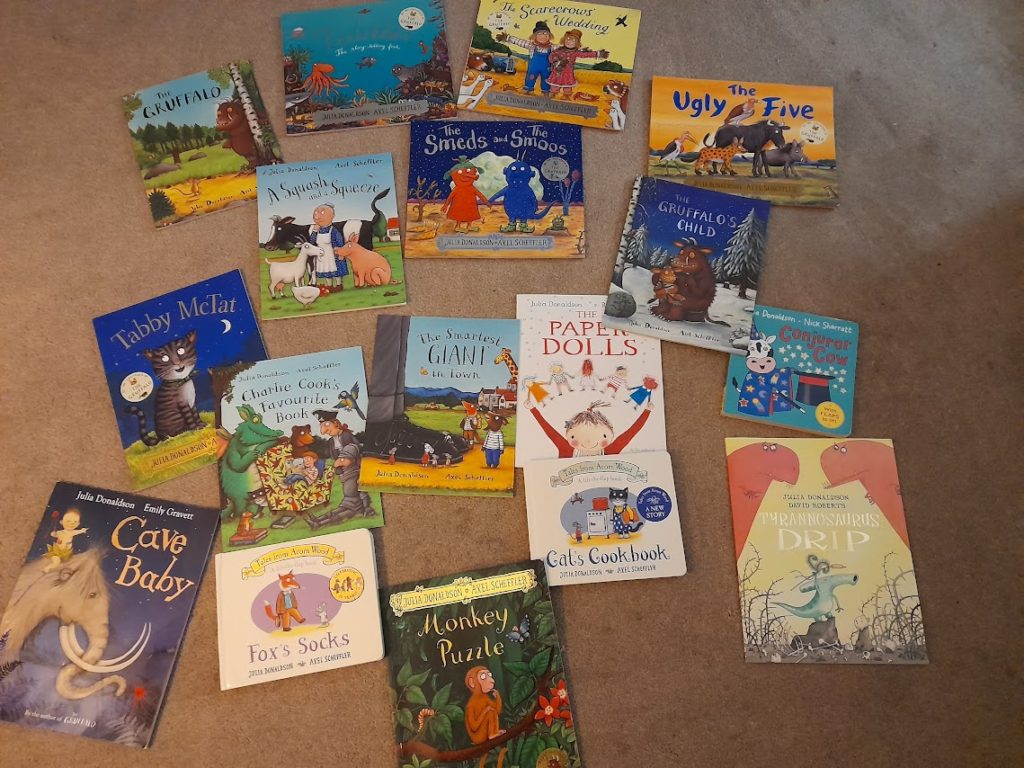

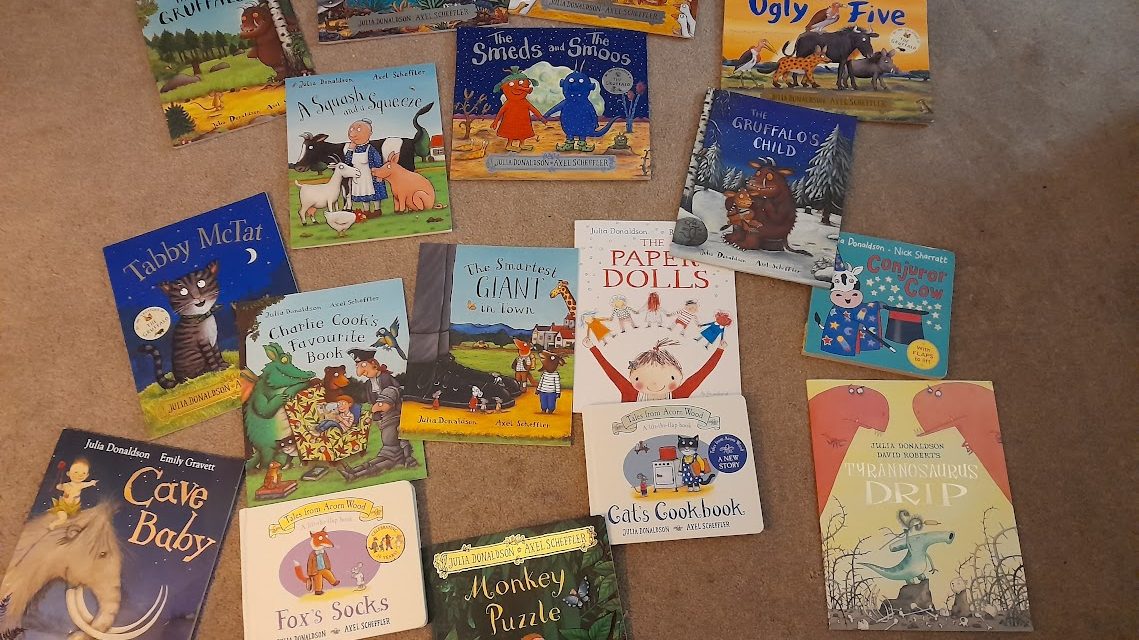
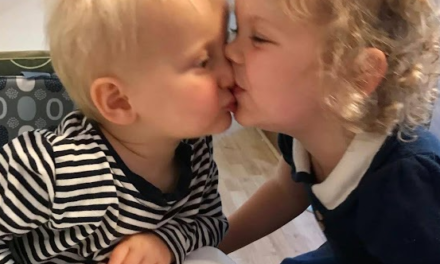
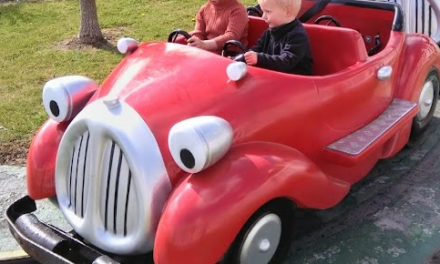
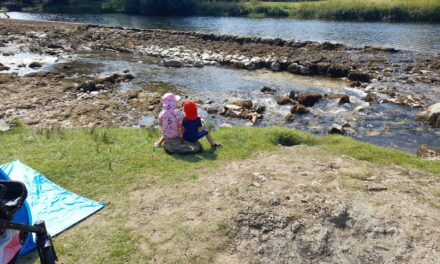
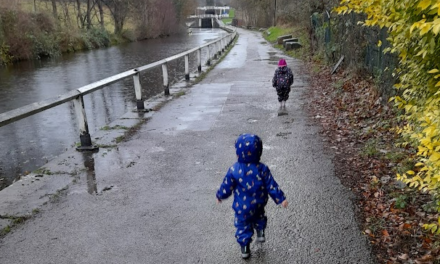

Recent Comments